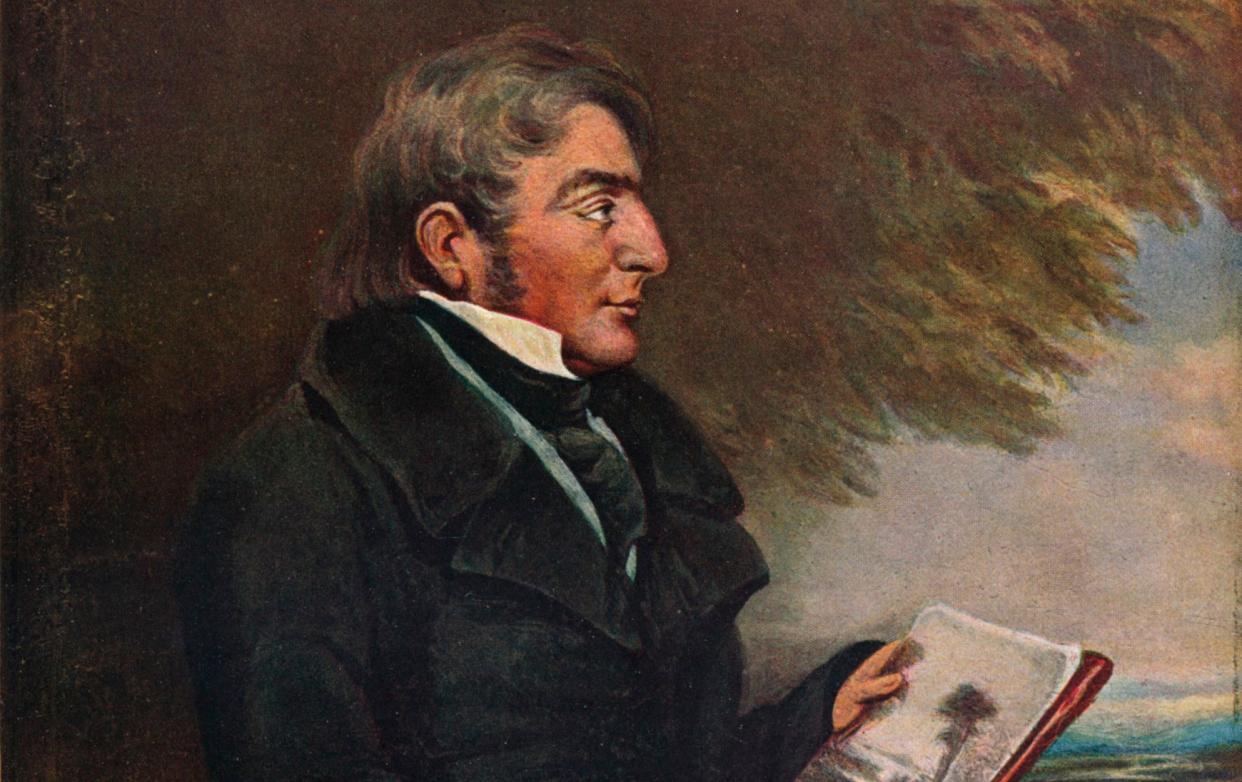Expert calls for transparency over missing Turner paintings

- Oops!Something went wrong.Please try again later.
A leading expert on JMW Turner has called for the Tate and National Gallery to explain why two of the paintings that the 19th-century British master bequeathed to the nation have not been seen for decades.
Selby Whittingham, former curator of Manchester City Art Gallery, said that the gallery needs to “come clean” over “Dido Directing the Equipment of the Fleet” and “Aeneas relating his Story to Dido”.
They were among four paintings from the story of Dido and Aeneas that the artist exhibited at the Royal Academy in 1850, before his death the following year, and which were described by one critic as “gorgeous creations”.
Dr Whittingham told the Telegraph: “It has never been explained how the first in the sequence of 1850 exhibits has disappeared. It is surely time that the Tate came clean and explained what actually happened.”
They were among about 300 paintings - and thousands of sketches - which Turner bequeathed on the understanding that they would be housed in a dedicated “Turner Gallery”.
Dr Whittingham and Turner’s descendants have long argued that the artist’s wish that they should be shown constantly together was disregarded because the works were divided between the Tate and the National Gallery.
Of “Dido Directing the Equipment of the Fleet”, he said: “The only explanation I can think of is that the Tate - or National Gallery - embarked on restoring the four paintings, but the result with the first was disastrous.”
He added: “Did the Tate keep records of its restorations of Turners 1910 to 1939? If not, why not? What about the National Gallery?”
He pointed to a 1964 Artforum essay by the late Jerrold Ziff, a Turner expert, who wrote: “Turner’s four paintings of 1850 are virtually unknown to the public and generally ignored by the scholar. Now, largely as a result of the neglect, the Turner specialist can speak authoritatively about only three of the pictures, which are all in the Tate… The fourth, once part of the Tate collection, has for the past decade been catalogued as ‘destroyed’. A hex seems to be on Turner’s Carthaginian paintings: his Dido Directing the Equipment of the Fleet (1827) is described funereally in the Tate catalogue (1953) as ‘perished’.”
‘A complete wreck’
Dr Whittingham noted that, in their study of Turner’s paintings, Martin Butlin and Evelyn Joll had referred to it as “a complete wreck” after being transferred from its original canvas to plywood in 1917: “It was then mislaid at the National Gallery and not rediscovered until 1968 when it was returned to the Tate.”
He added: “Meanwhile the Tate - and now the National Gallery - risk endangering paintings by loaning them promiscuously all over the place, largely contrary to their earlier policies - though damage that thereby occurred [to other works] then had been mentioned in the debates on the National Gallery and Tate Gallery Bill in 1954.”
In that 1954 debate, there was reference to “remarkable stories…which are quite true, of the very sad things which sometimes happen to precious works of art… They are loaned from one gallery to another, and sometimes they are destroyed by fire, or damaged by damp or water. Sometimes they have pieces of paint knocked off the canvas.”
The Tate has since faced severe criticism over its decision to lend two of Turner’s greatest masterpieces - Shade and Darkness and Light and Colours - to Frankfurt’s Schirn Kusthalle, from where they were stolen in 1994. The paintings’ subsequent return prompted questions over whether a ransom had been paid.
The National Gallery’s 2011 trustees’ minutes state: “The Board asked how often the Gallery’s paintings had suffered from one off incidents of major damage while on loan. It was confirmed that this had been very rare in the case of Gallery paintings, because of the stringent requirements which the Gallery imposed.”
‘We now hold it’
A Tate spokesman said: “‘Dido Directing the Equipment of the Fleet’ became unexhibitable over a century ago. It suffered a long history of blistering in the 19th century, was relined in 1871, and was finally transferred from canvas to board in 1917.
“It was held at the National Gallery, but its whereabouts was unknown until it was rediscovered in 1968 and moved to Tate, where we now hold it.”
He added: “Records show that ‘Aeneas Relating his Story to Dido’ was removed from the national collection around 100 years ago and is no longer held by Tate.
“We do not have any details about the condition of the work at the time of its removal, but some of Turner’s late works were particularly vulnerable to degrading over time, especially as long ago as the 1920s when modern conservation techniques were not available to help preserve them as Tate does today.”

